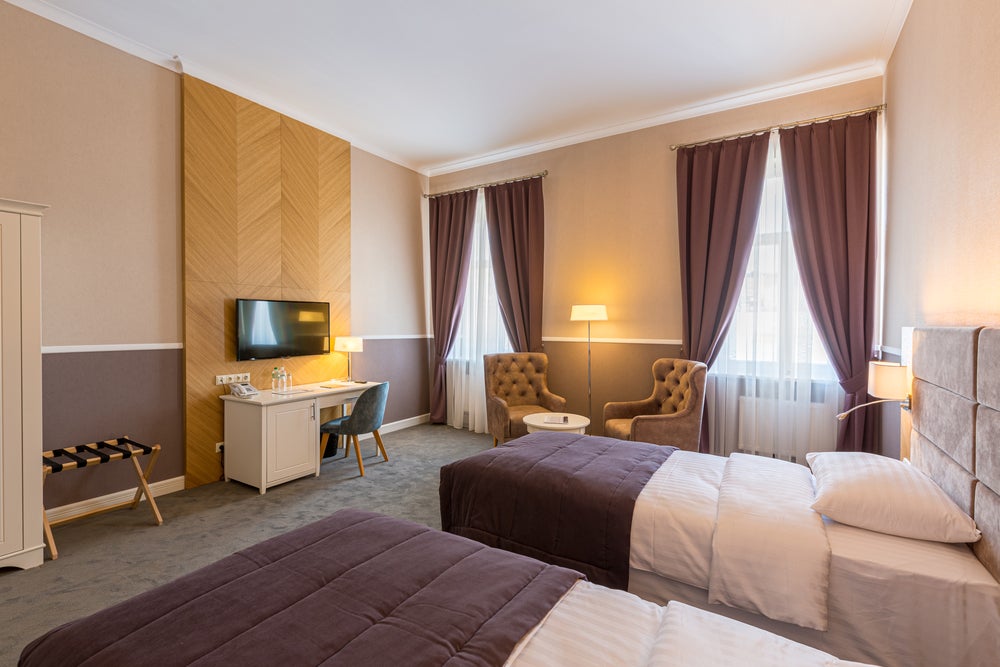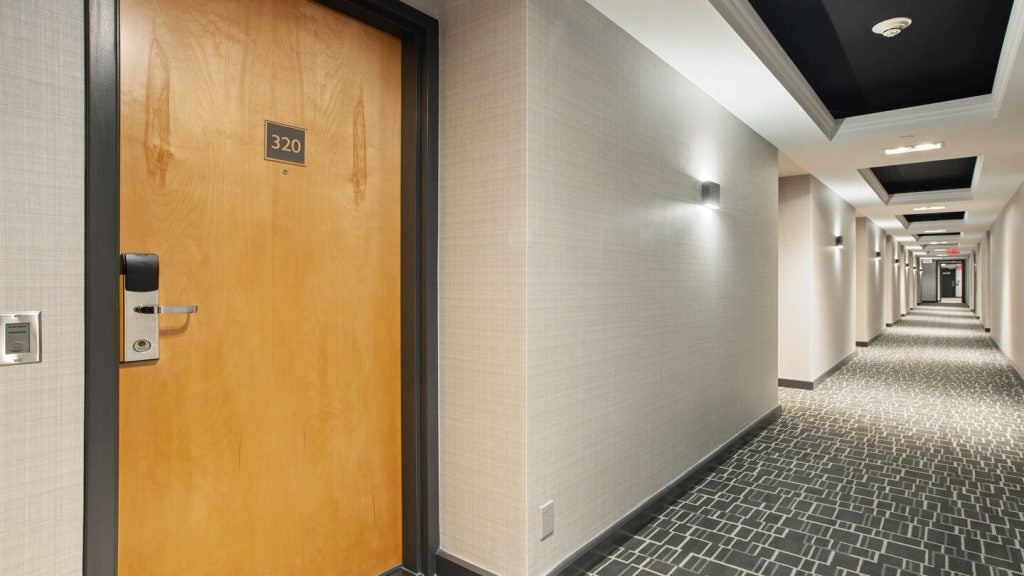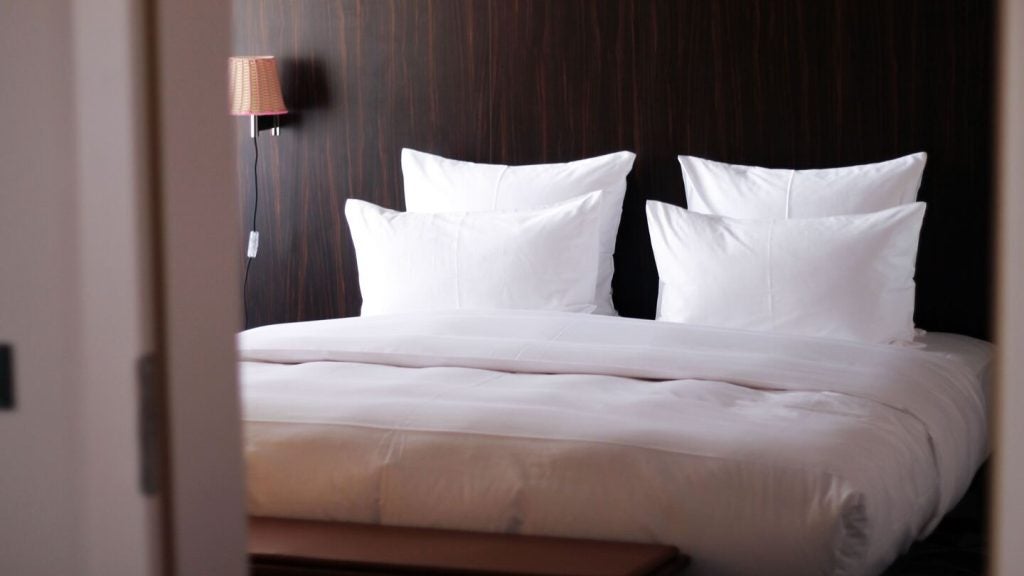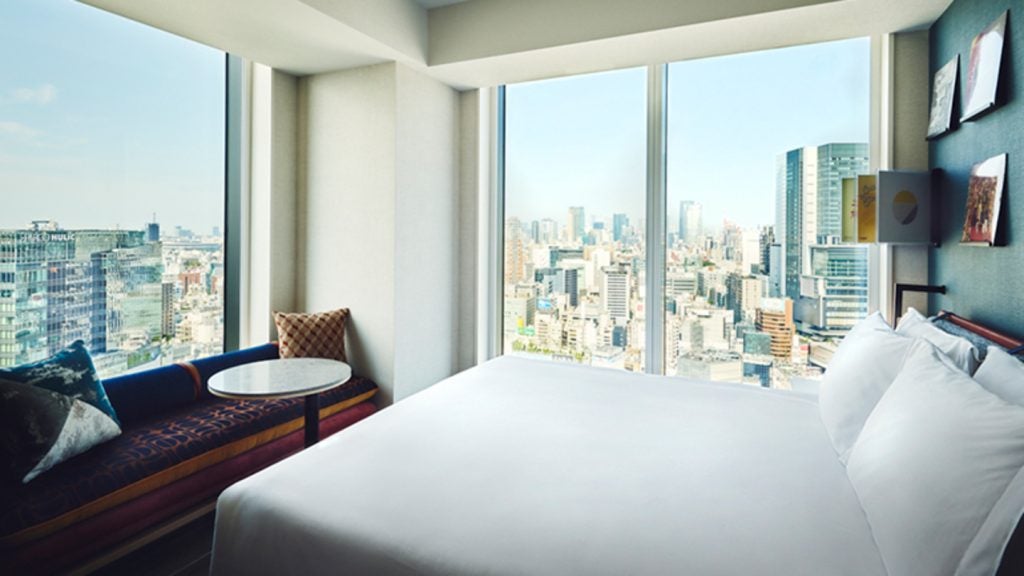As summer in the Northern Hemisphere draws to a close in 2023, hoteliers are keeping a close eye on the prospects for a rebound in group bookings.
With the peak leisure travel season fading away, the question on everyone's mind is when business travellers and large groups will return to hotels at their pre-pandemic levels.
Fortunately, during the recent Hotel Data Conference, some insights were shared that could provide a roadmap for the industry's recovery.
Group occupancy trends: size matters
At the 2023 Hotel Data Conference, Emmy Hise, senior director of hospitality analytics at CoStar Group, unveiled a set of key findings in a presentation entitled "Group Size Matters."
Hise examined performance metrics of hotels catering to group businesses with varying meeting space sizes. The data compared the 12 months leading up to June 2023 with the same period in 2017, aligning perfectly with the 2023 calendar regarding holidays.
For hotels with 25,000 square feet of meeting space or less, group occupancy remained relatively consistent from Tuesday through to Sunday.
But hotels with more extensive meeting facilities, exceeding 25,000 square feet, saw higher group occupancy on Tuesdays and Wednesdays compared to other days of the week.
Regardless of hotel size, Sundays experienced the most significant decline in group occupancy, a trend attributed to the fact that business travellers typically prefer to avoid Sunday meetings, opting for more personal time unless it involves "bleisure" travel — extending a business trip for leisure purposes.
While group occupancy on Sundays dipped, the average daily rates for group bookings remained high, even when occupancy was lower, challenging the notion that lowering rates necessarily stimulates demand.
Hoteliers have learned that maintaining rates can lead to reduced operating expenses, even at lower occupancy levels.
Why the discrepancy in recovery among hotels?
The data also revealed differences in recovery rates among differing hotel types. Hotels with less than 10,000 square feet of meeting space showed a close-to-6% increase in group occupancy compared to 2017.
Larger hotels, however, lagged behind 2017 levels. Surprisingly, the largest group hotels, those with over 80,000 square feet of meeting space, approached 2017 group occupancy levels more closely than hotels with meeting spaces ranging from 25,000 to 80,000 square feet.
Dana Cariss, vice-president of revenue strategy and distribution at CoralTree Hospitality, offered insights into this phenomenon.
Larger group hotels often maintain more extensive sales teams and longer lead times to secure group business, regardless of the group's size. It appears that big hotels are securing business, not only from large groups but also from smaller ones, resulting in a more robust recovery.
Urban hotels lag behind, resorts and suburbs surge
Since the onset of the pandemic, urban hotels have faced a slower recovery compared to resorts and suburban counterparts located in leisure-friendly destinations.
Data confirmed that urban hotels were the only segment still trailing 2017 levels in terms of group occupancy, with citywide events yet to fully rebound. Meanwhile, resorts and suburban hotels reported group occupancy levels surpassing those of 2017.
One striking trend emerged from the data: resort properties charged their highest average daily rates for groups on weekends (Friday and Saturday nights), despite higher group occupancy on weekdays (Tuesdays and Wednesdays). This strategy aligns group rates more closely with transient rates, optimising revenue and allowing hotels to be selective about weekend group business.
Cariss highlighted shifts in lead times for securing group business at different hotel types. Urban hotels saw a substantial decrease, while suburban hotels experienced a slight reduction.
Resort hotels, on the other hand, extended their lead times, indicating that people plan further into the future, especially for drive-to leisure destinations.















